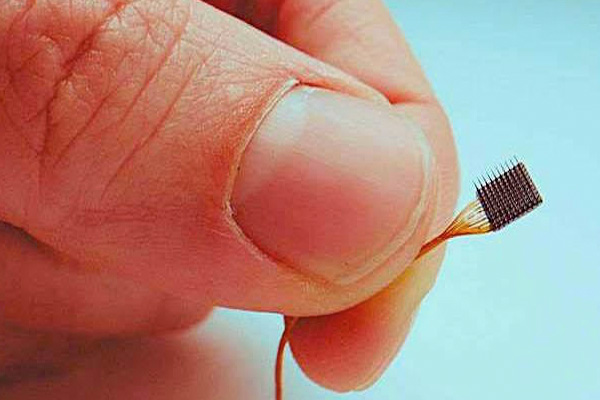CAN IT HURT? –
Aug. 2022 – The probes were connected to wires that ran under Fisher’s skin, beneath his scalp, behind his ear and down his neck, then into a pulse generator sewn into his chest below his collarbone. Imagine a pacemaker, but for the brain. Once the generator’s battery was switched on, low-voltage electricity began traveling up the wires and out of the electrodes resting in the nucleus accumbens. Rezai, the executive chair of the institute and the head of its DBS experiments, hypothesized that stimulating this region of Fisher’s brain would reduce his cravings and help him recover from a severe addiction to opioids and anti-anxiety pills that had persisted despite numerous treatments and life-threatening consequences, including multiple overdoses.
For decades, addiction and overdose deaths have been skyrocketing across the United States—and particularly in West Virginia, which has been dubbed the epicenter of the overdose crisis and consistently has one of the highest death rates in the nation. Patients like Fisher have been deemed “treatment-resistant,” meaning conventional approaches have failed to bring about lasting recovery. Medication, therapy, inpatient and outpatient care—Fisher has tried it all. Deep brain stimulation, which before this trial had never been tested in the United States to treat addiction, was a last resort.



